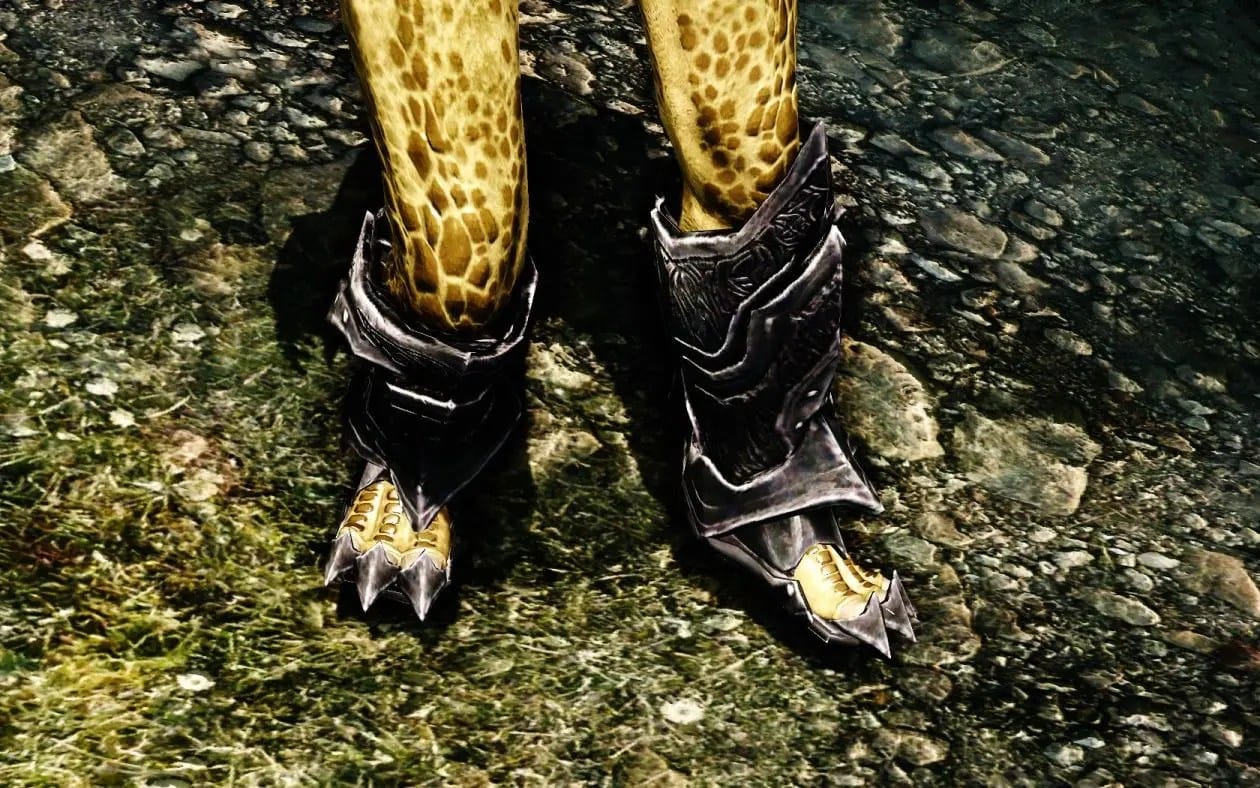Unlock the power of balance and mobility with Modified Plantigrade. This rehabilitation technique may be a game-changer for those recovering from strokes or neurological conditions. It’s like giving your body a blueprint for better stability, strength, and movement. Whether you’re a physical therapist looking to enhance your skills or someone starting your recovery journey, this guide will equip you with the knowledge and strategies to make every step count. Get ready to potentially boost your balance, regain your strength, and reclaim your mobility with Modified Plantigrade!
Understanding Modified Plantigrade
Modified plantigrade is a surprisingly simple yet powerful technique that may help people regain balance and mobility after a stroke or other neurological conditions. Think of it as a stepping stone on the road to recovery. It involves standing with your feet flat on the floor while using a sturdy surface for support, such as a table, countertop, wall, or a sturdy chair.
How Modified Plantigrade Works
This technique isn’t just about standing; it’s about strategically engaging your body to relearn balance and coordination.
- Muscle Activation: Modified plantigrade activates a network of muscles, from your legs and core to your upper body, helping you build strength and stability. This is particularly important after a neurological event that may have weakened these muscles.
- Knee Support: Modified plantigrade can support your upper body, allowing your knees to extend fully and bear weight, which is crucial for regaining a natural walking pattern and addressing knee buckling, a common issue after a stroke.
- Body Awareness (Proprioception): Standing with your feet firmly planted helps retrain your brain to understand your body’s position, improving your proprioception (sense of balance).
Benefits of Modified Plantigrade
Modified plantigrade offers a range of potential benefits:
| Benefit | How it Helps |
|---|---|
| Improved Balance | May reduce the risk of falls and build confidence in staying upright. |
| Enhanced Stability | Likely strengthens muscles responsible for balance. |
| Better Mobility | Could improve weight distribution and coordination, leading to easier movement. |
| Knee Extension | Supports proper knee alignment and weight-bearing. |
| Stronger Core | Engages core muscles, potentially improving overall posture and stability. |
Performing Modified Plantigrade Exercises
Here’s a step-by-step guide to performing modified plantigrade exercises:
Finding Your Position: Stand with feet flat, hip-width apart. Lean forward slightly, placing hands on a sturdy surface at a comfortable height.
Posture Perfect: Maintain a straight back (but not stiff), relaxed shoulders, and head up. Avoid overarching your lower back or excessive knee bending.
Holding Steady: Hold this position for 5-10 seconds initially, focusing on balance and posture. Gradually increase the hold time as you become more comfortable.
Progressing Gradually: As you gain strength and confidence, try moving your hands further from the support surface. Introduce small, controlled movements like shifting weight or lifting one foot slightly. Consult a physical therapist for guidance on progression.
Important Considerations
While generally safe, consult a healthcare professional, especially if you have underlying health conditions. They can assess your needs and recommend modifications. Research on modified plantigrade is ongoing, and different approaches may be suggested.
Deep Dive into Modified Plantigrade
What is a modified plantigrade position?
The modified plantigrade position is a “supported standing” posture used in physical therapy and rehabilitation. You stand with feet flat, leaning forward slightly and supporting yourself on a stable surface. This increased stability helps improve balance, coordination, and strength, particularly for those recovering from strokes, neurological conditions, or experiencing mobility impairments. It encourages knee extension and is a starting point for Proprioceptive Neuromuscular Facilitation (PNF) exercises like rhythmic stabilization and dynamic reversals, aiming to enhance neuromuscular control. The modified plantigrade position’s benefits may extend beyond physical rehabilitation, possibly aiding posture and core strength, but further research is needed.
| Benefit | Explanation |
|---|---|
| Enhanced Stability | Distributes weight for a wider base of support, reducing fall risk. |
| Improved Balance and Coordination | Strengthens muscles needed for standing and walking through controlled practice. |
| Facilitated Knee Extension | The forward lean gently stretches knee muscles, promoting full extension. |
| Therapeutic Applications | Especially useful in stroke rehabilitation, neurological conditions, and mobility impairments. |
| Versatile for PNF exercises | Serves as a starting point for PNF exercises targeting neuromuscular control. |
Consult your healthcare professional before starting, especially if you have conditions like severe osteoporosis or unstable joints.
Modified Plantigrade Posture After Stroke
After a stroke, regaining balance and mobility is challenging. Modified plantigrade posture, a straightforward and helpful position, can be a valuable tool. It involves leaning forward, placing hands on a sturdy surface, and keeping feet flat. This posture strengthens core muscles, counteracts flexor synergy (a common post-stroke muscle tightening pattern), and improves weight-bearing and balance. It can be adjusted to individual needs, progressing from leaning on a higher surface to more challenging variations like reaching or shifting weight. These exercises build a foundation for regaining balance and independence. Recovery is a journey, and modified plantigrade is one tool among many. Research is ongoing, and different approaches exist. Consult your doctor or physical therapist to determine the most appropriate treatment plan. While generally safe, it may not be suitable for everyone, particularly those with other underlying health conditions. Healthcare professionals can tailor exercises to your unique needs.
Modified Plantigrade Position in Children
The modified plantigrade position, a type of “supported standing,” helps children develop motor skills. By placing their hands and arms on a sturdy surface while keeping their feet flat, they create a stable base for practicing balance and weight-bearing. This posture strengthens core muscles, improves balance reactions, and develops body awareness. It’s particularly helpful for children recovering from a stroke or with neurological conditions affecting movement. It allows for weight-bearing, crucial for bone health, even before independent standing is possible. It’s also beneficial for children with cerebral palsy, developmental delays, and other conditions impacting motor skills.
| Feature | Benefit |
|---|---|
| Feet flat on floor | Provides a stable base of support |
| Hands/arms on support | Offers additional stability and reduces fear of falling |
| Weight-bearing | Promotes bone health and strengthens muscles |
| Dynamic posture | Allows for weight shifting, reaching, and other movements that enhance balance and coordination |
| Adaptable | Can be modified to suit individual needs and abilities |
Ongoing research explores the best uses of the modified plantigrade position, and it’s often combined with other therapies. A therapist will assess each child’s needs and develop a tailored program.
Key Points of Modified Plantigrade
- Definition: Standing with feet flat, using a surface for support.
- Benefits: May improve balance, stability, mobility, knee extension, and core strength.
- Mechanism: Activates muscles, supports knees, improves proprioception.
- Exercises: Find your position, maintain correct posture, hold steady, and progress gradually.
- Considerations: Consult a healthcare professional. Research is ongoing, and progress takes time.
Delve deeper into the intricacies of Maslow’s hierarchy of needs and its implications for nursing practice by exploring our comprehensive guide at https://www.lolaapp.com/maslow-s-hierarchy-of-needs-nursing.
- Star Ring Trends: Etsy vs Amazon - March 28, 2025
- Boost Pollinator Habitats: Baby Blue Eyes Sustainable Farming Guide - March 28, 2025
- Protect Big Black Bears: Effective Conservation Strategies - March 28, 2025

















1 thought on “Modified Plantigrade: A Practical Guide to Improving Balance and Mobility After Stroke and Neurological Conditions”
Comments are closed.